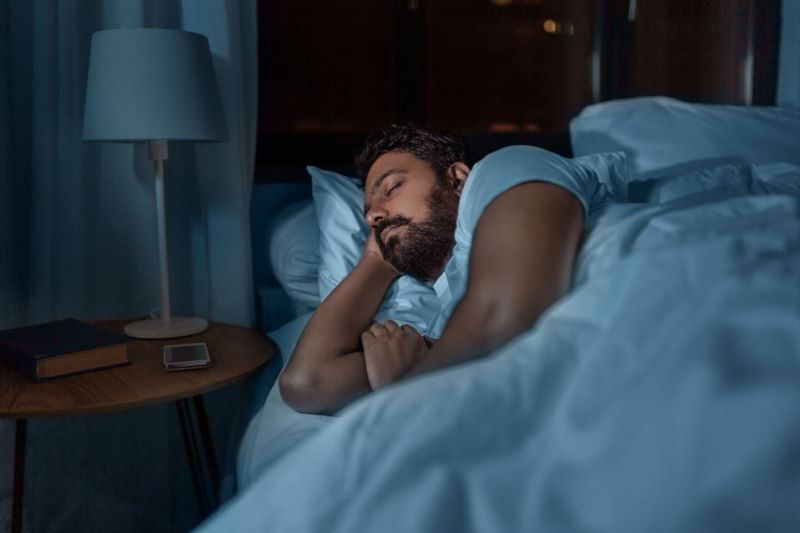
How Sleep Patterns Vary in Men with Different Types of Premature Ejaculation

Premature ejaculation (PE) is a common sexual disorder affecting 14% to 30% of men. It can be categorized into four types: Lifelong PE (LPE), where ejaculation happens within 1 minute; Acquired PE (APE), where ejaculation time decreases to 3 minutes or less; Variable PE (VPE), where timing is inconsistent; and Subjective PE (SPE), where men feel they ejaculate quickly, but timing is normal.
Research shows that sleep disorders can affect men’s health, leading to conditions like erectile dysfunction and infertility. However, the connection between sleep and PE is not well understood. Previous studies using subjective measures suggested poor sleep quality might be linked to APE. A recent study aimed to objectively explore how sleep patterns vary in men with different types of PE using the Fitbit Charge 2, an accessible wristband device for sleep monitoring. Understanding these variations could help improve treatment for men with PE.
This study included 136 men diagnosed with PE for the first time and who were in a stable relationship for at least six months. The participants were divided into four groups based on their type of PE: lifelong, acquired, variable, and subjective. Men with conditions like hormonal imbalances, neurological disorders, or a history of pelvic surgery were excluded. A control group of 79 men without PE was also included.
Each participant’s basic information (age, body mass index, smoking habits, etc.) was recorded, and questionnaires assessed their erectile function, anxiety, depression, and sleep quality. To objectively track sleep patterns, all participants wore the Fitbit Charge 2 at home over one night. The device tracked total sleep time, time to fall asleep, waking periods during the night, and time spent in different sleep stages, including REM sleep.
The authors of the study used statistical analysis to compare the results across the four PE types and the control group. The goal was to understand the relationship between sleep patterns and PE, focusing on whether poor sleep quality might contribute to PE.
In the end, the researchers found that men with APE were older than those with other types of PE and appeared to experience worse sleep and mental health outcomes. There were no significant differences in body mass index, smoking, education, income, or medical conditions across the groups.
However, patients with APE had higher anxiety, depression, and sleep issues compared to other PE groups. Their average sleep quality and REM sleep duration were poorer than those with LPE, VPE, SPE, and the control group. Men with APE also had more severe erectile dysfunction, lower ejaculation times, and worse sexual function scores compared to others. LPE patients had significantly shorter total sleep times than the control group, but APE patients did as well.
Overall, APE patients experienced the most negative impacts on mental health, sexual function, and sleep quality. This may be important information for patients and healthcare providers to know, as taking steps to improve one’s sleep such as following good sleep hygiene practices, going to bed at a similar time each night, and using relaxation techniques could potentially be helpful for patients with PE.
References:
- Wu, X., Zhang, Y., Jiang, H., & Zhang, X. (2024). Variations in objectively measured sleep parameters in patients with different premature ejaculation syndromes. The Journal of Sexual Medicine, 21(10), 889–896. https://doi.org/10.1093/jsxmed/qdae106


